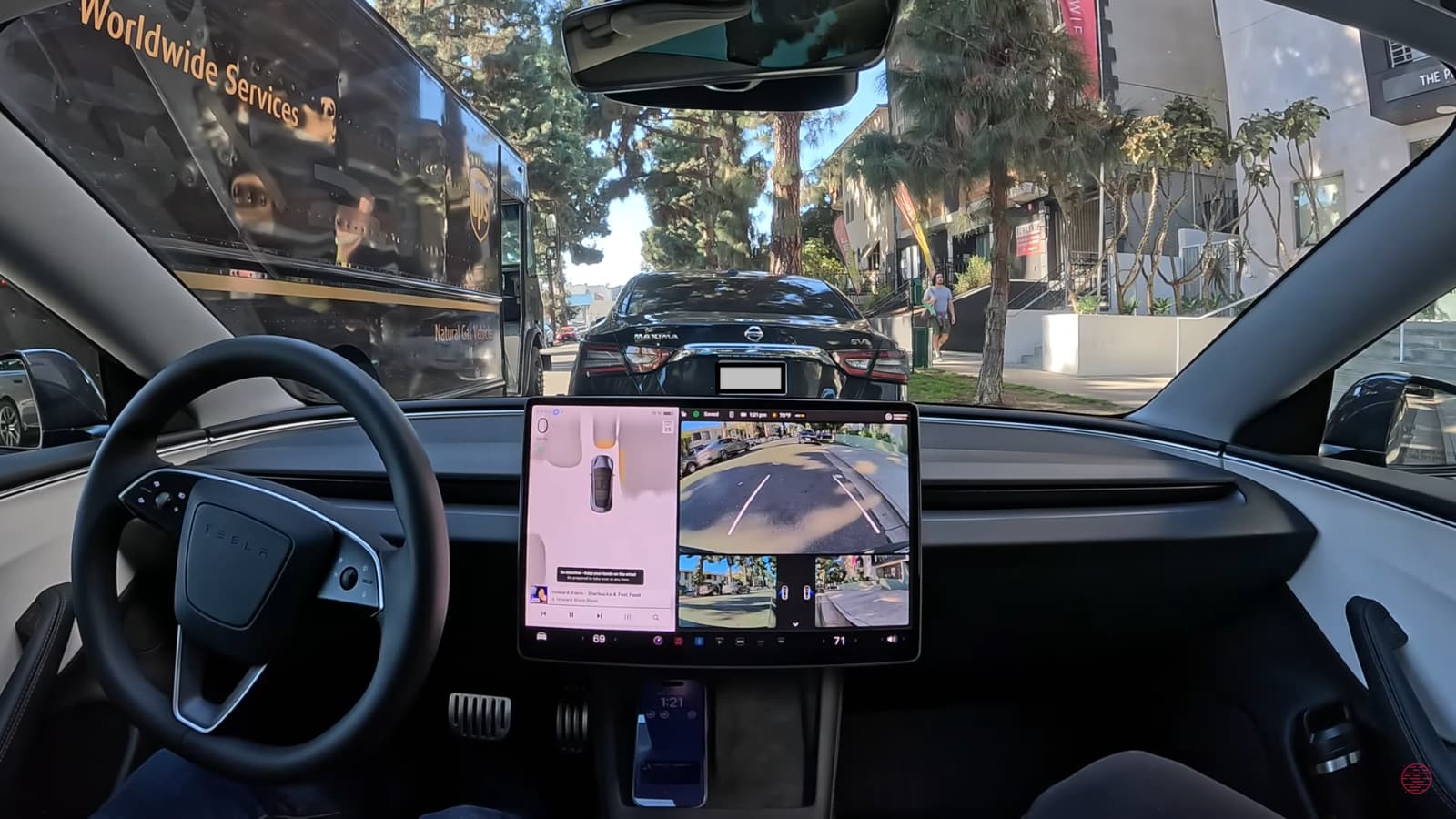Tesla FSD v14 Introduces Dynamic Recovery from 'Take Over Immediately' Warnings, Sparking Autonomy Discussion

Tesla's Full Self-Driving (FSD) version 14 has begun rolling out to users, featuring a significant advancement that allows the system to recover from "Take Over Immediately" (TOI) warnings without requiring driver intervention. This development was highlighted by prominent FSD tester "Dirty Tesla" on social media, who remarked, > "FSD 14: intervention is optional," referring to the system's new ability to self-correct in certain challenging scenarios.
Previously, temporary adverse conditions such as sun glare or heavy rain could trigger a TOI warning, forcing the vehicle to slow or stop and requiring the driver to take control. With FSD v14, if the temporary condition clears, the system can now clear the warning automatically and continue driving. This capability marks a notable improvement in user experience, reducing inconvenient disengagements and making the system appear more robust in dynamic real-world environments.
Despite this new self-recovery feature, Tesla's FSD system remains classified as a Level 2 advanced driver-assistance system (ADAS) under SAE International's J3016 standard. This classification means the driver must remain attentive and ready to intervene at all times. Experts emphasize that "intervention optional" in this context refers to the system's ability to manage momentary sensor limitations, not a shift to unsupervised operation where the driver's attention is not required.
The FSD v14 update, which has seen phased releases, also includes features such as "Arrival Options" for parking, improved handling of emergency vehicles and road debris, and new speed profiles. While some early testers have reported smoother driving and enhanced capabilities, others have noted issues like "phantom braking" and aggressive speed control in certain modes. Tesla has stated that FSD v14.2 is expected to be the version for wider public release, with further refinements anticipated.